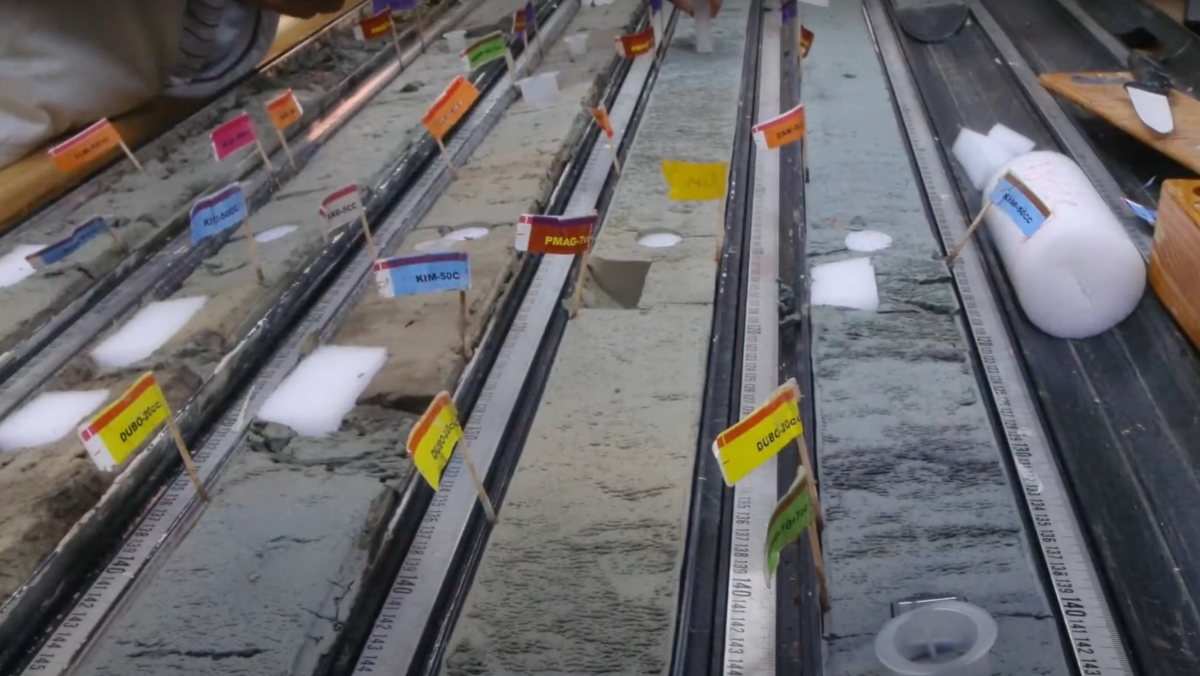Microbes that may have been trapped in subseafloor sediment for 100 million years have been brought back to life. The achievement suggests that microbes can survive in nutrient-poor conditions by maintaining very low energy states, and, once again, expands our conception of which parts of our world are habitable.
The research team behind the revival outlined the achievement in a paper recently published in Nature Communications. Yuki Morono, a geomicrobiologist at the Japan Agency for Marine-Earth Science and Technology, led the team.
Gizmodo spoke with Morono, who said the microbes were “almost in a state of ‘fasting'” when they were found. Morono and his colleagues collected the sediment from which they pulled the microbes from the abyssal clay in the South Pacific Gyre (SPG). The SPG is an area of the open ocean that contains rotating currents.
Morono et al. show that microbial life trapped in ancient, energy-poor sediment under the ocean seafloor may have survived for 100 million years. (Yes, you read that correctly)@kochi_JAMSTEC@JAMSTEC_PR@IkeharaMinoru
— Nature Communications (@NatureComms) July 28, 2020
The paper is available here: https://t.co/1oth6VP3GN
Morono’s team found the ancient microbes 245 feet beneath the seafloor. Due to its currents, the SPG’s seafloor generally doesn’t receive a significant amount of marine snow. As its name suggests, marine snow is the shower of organic material that falls from upper waters to the deep ocean.
Morono says he and his team dated the microbes at somewhere between 13 million to 101.5 million years old. Despite their extraordinary age, however, the researchers were still able to bring the microbes back to life in the lab. Over the course of 68 days, Morono and co. fed the aerobic microbes a diet of oxygen and nitrogen. Ultimately, 99.1% of the microbes came back to life. As a result, population sizes increased ten-thousand-fold.

Steven D’Hondt, a professor of oceanography at the University of Rhode Island, put things in summary nicely in the video up top. “The most exciting part of this study,” D’Hondt says, “is that it basically shows that there’s no limit to life in the old sediment of Earth’s ocean.”
What do you think about the revival of these potentially 100-million-year-old microbes? Do you want researchers to keep looking for life, however deep they must go? Let us know your thoughts in the comments!
Feature image: JAMSTEC